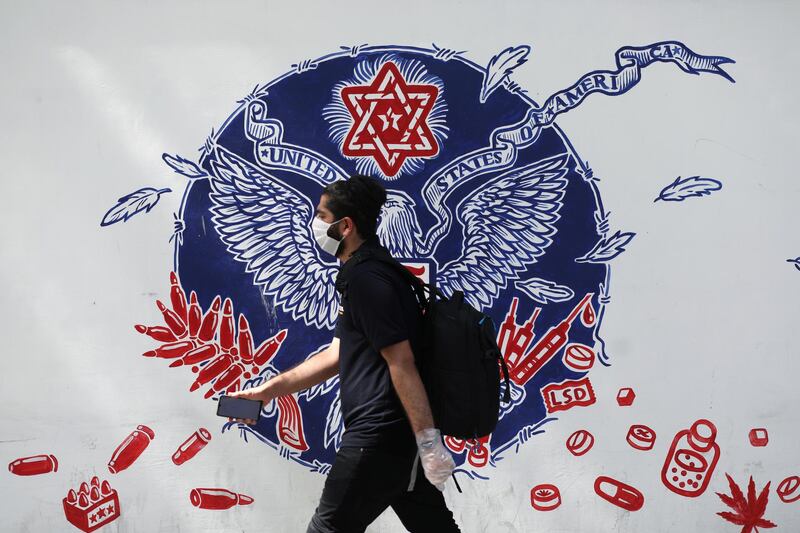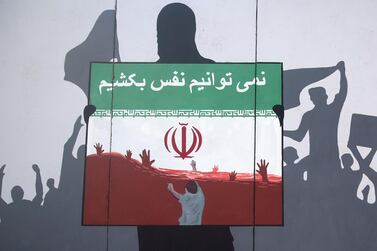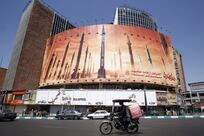In an exclusive interview with The National, the US Special Representative for Iran Brian Hook described Iran as "a failed model". Since Iran's revolution in 1979, the government in Tehran has consistently propagated an image of victimhood, all the while rejecting the rule of law and imposing a state of perpetual crisis on its population.
Today, as the world struggles with the economic downturn brought on by the coronavirus pandemic, the flaws in Iran’s governance model have become glaring. Iran's inflation rate is among the worst in the world. They have pushed the so-called axis of resistance, which consists of Iran and its allies, further towards the brink.
Since October of last year, a wave of protests have taken Iraq by storm, forcing government change in Baghdad, with similar protests in Lebanon and spreading even Iran itself. The movements driving the protests share in common a rejection of the corruption, sectarian politics and violence that ultimately emanate from Tehran. In Iraq, for instance, the country has long suffered from the reign of Iran-aligned militias that undermine the authority of the state.
Despite its large web of proxies throughout the Middle East, in its forty years of existence, Iran’s regime has failed to fully export its revolution to any other country, as their model is increasingly problematic. Instead, it has isolated itself from the international community, and is now the country with the tenth-highest number of Covid-19 cases in the world. The shock to the Iranian economy, already enfeebled by sanctions, pushed Tehran to seek assistance from the International Monetary Fund in the form of a $5bn loan in April.
Iran’s failed model is deployed elsewhere in its “axis of resistance”, too. The Syrian regime, which has long been backed by Iran and associated foreign militias, similarly shuns co-operation with the international community. It promotes terrorism and thrives on revenue generated by criminal networks. Nine years on from the start of a civil war that he started, President Bashar Al Assad refuses to step down or negotiate a political settlement with the opposition.
There are similar patterns in Yemen, where the Houthi rebels who control the capital have caused the world’s worst humanitarian crisis, trapping a country with a wealth of potential into the deepest recesses of poverty.
International sanctions are an essential diplomatic tool to deprive Iran’s regional allies and proxy groups of funding, and to exert pressure on Tehran. Renewing the UN arms embargo on Iran would help to achieve this, too. But sanctions must be complemented with positive efforts to promote change. This means advocating multilateralism, protecting the rule of international law and discouraging others from taking a path of violence and exclusion.
Lebanon, for instance, is at a crossroads. Last week, in a televised interview, UAE Minister of State for Foreign Affairs, Dr Anwar Gargash said that the influence of Hezbollah on Lebanese politics has burnt many bridges with Gulf nations, jeopardising “the huge reservoir of goodwill and the huge reservoir of financial support that Lebanon needs”.
Fragile nations in the region must look more to countries that have applied successful models of governance, including the UAE. In the words of Mr Hook, Abu Dhabi is “setting the example for the region”. No model is perfect, and Gulf nations have had their own setbacks, but they have managed to adopt long-term strategies to promote international co-operation and growth. This includes actively working on initiatives to diversify revenue and putting security and stability first. By working together and building bridges instead of burning them, the Arab world’s diverse countries can overcome their challenges and carve a path that rises above sectarianism and violence.






